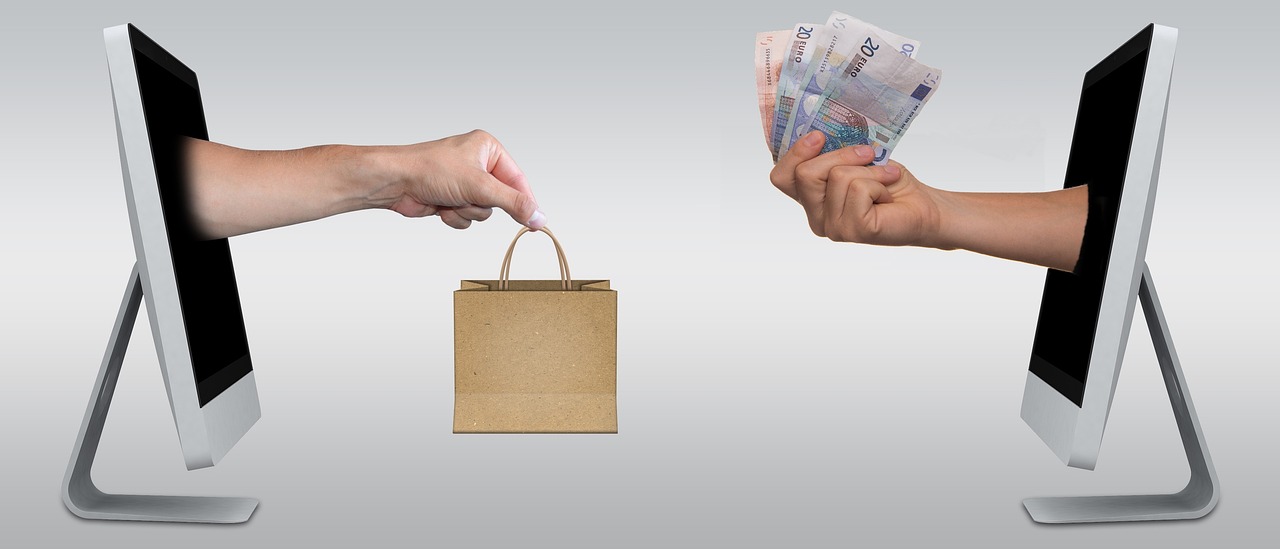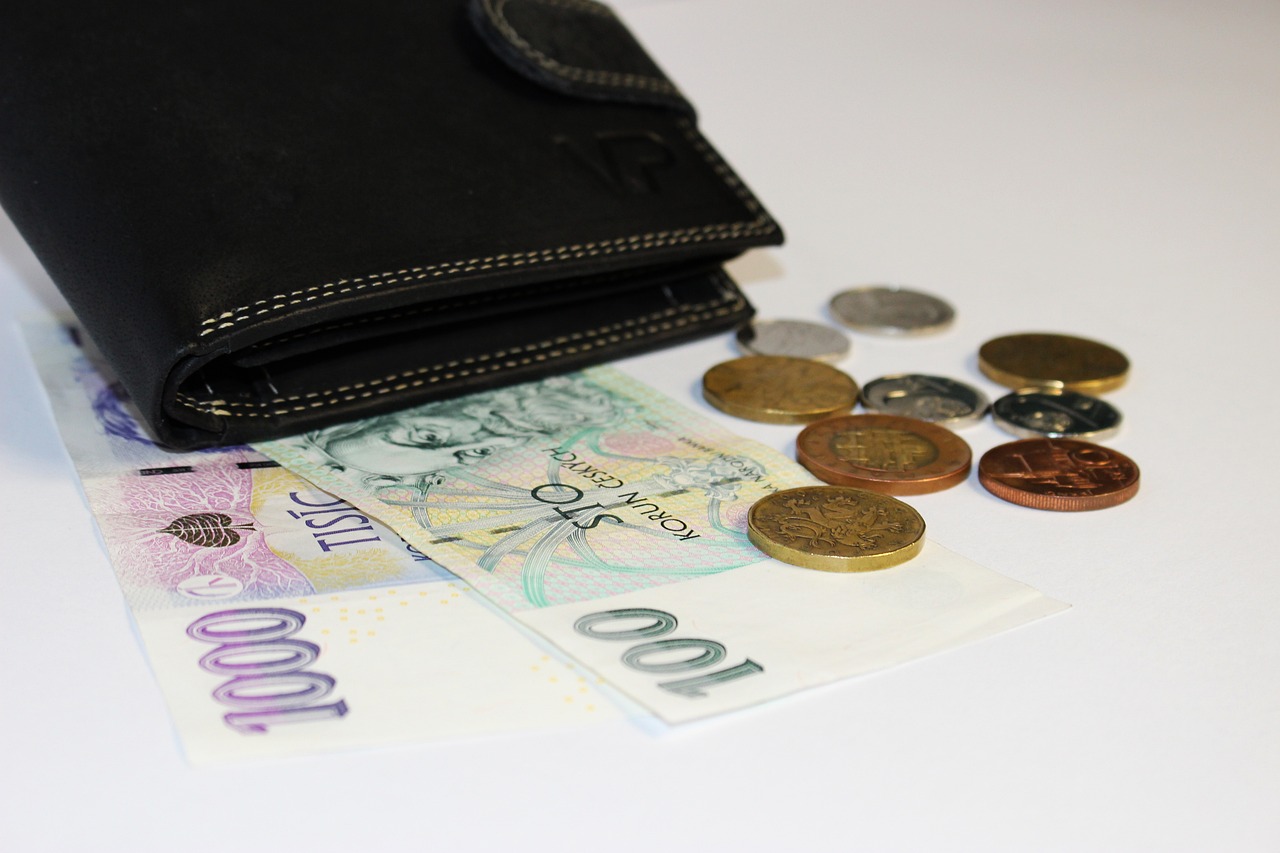Complete Guide to Transferring Money: Bank Account Numbers, SWIFT Codes, and Canceling Transfers
GPT_Global - 2025-09-18 02:00:07.0 9
Is it possible to send money to a foreign bank account using just the account number?
In today’s global economy, remittances are an essential part of cross-border financial transactions. A common question among customers is whether it’s possible to send money to a foreign bank account using just the account number. The simple answer is yes, but there are important details to consider when transferring funds internationally.
When sending money abroad, the recipient's account number is crucial, but additional information is often required for a smooth transaction. This includes the recipient's full name, bank’s name, SWIFT/BIC code, and sometimes the bank's address. These details ensure the funds are directed correctly and securely.
While some remittance services allow transfers using only the account number, it is safer to provide all necessary information to avoid delays or errors. Different banks and countries may have unique requirements for international transfers, so it's important to double-check the details before proceeding.
In conclusion, while it's technically possible to transfer funds with just an account number, providing all required details enhances security and accuracy in international money transfers. Choosing a reliable remittance service is key to ensuring your money reaches its destination without any issues.

What information is required along with a bank account number to make a transfer?
In the remittance business, ensuring a smooth and secure bank transfer requires several key pieces of information beyond just the bank account number. This information helps to ensure that funds are transferred accurately and safely.
Firstly, the recipient's bank name and branch location are essential for directing the funds to the correct financial institution. In addition to this, the recipient’s full name and address are necessary for verification and to comply with anti-money laundering regulations.
Moreover, knowing the recipient's International Bank Account Number (IBAN) or the Society for Worldwide Interbank Financial Telecommunication (SWIFT) code is crucial for international transfers. These codes ensure that the transaction is routed to the correct bank and country.
Another important detail is the type of account—whether it is a checking or savings account—since this can influence the transfer process. Depending on the country or bank, the routing number may also be required for domestic transfers.
Lastly, the purpose of the transfer, in some cases, may be requested to comply with regulatory requirements. Gathering all this information ensures that remittances are processed efficiently and securely.
Can I transfer money to a bank account number through an ATM?
Many people wonder, “Can I transfer money to a bank account number through an ATM?” The answer is yes, but it depends on the bank and the type of ATM you use. Most modern ATMs allow customers not only to withdraw cash but also to send money directly to another bank account within the same network. This feature makes ATMs a convenient tool for local money transfers.
To transfer money via ATM, you typically need the recipient’s bank account number, and in some cases, their bank branch code. After inserting your debit card and entering your PIN, select the “fund transfer” option. The ATM will guide you to input the required details and confirm the transfer. The process is usually simple and secure.
However, it is important to note that not all ATMs support interbank transfers. If you need to send money across different banks or countries, using a remittance service provider is often faster and more reliable. For international money transfers, ATMs are rarely the best option. A trusted remittance service can ensure your money arrives safely and often provides better exchange rates and lower fees than traditional banking channels.
How do I cancel a bank transfer made to an account number?
In today’s fast-paced world, making a bank transfer is a quick and efficient way to send money. However, situations may arise where you need to cancel a bank transfer. Whether you made a mistake or changed your mind, it's important to know your options.
To cancel a bank transfer, first check the transfer’s status. If the transfer is still processing, there may be a window of opportunity to stop it. You can usually do this by contacting your bank immediately. Be prepared to provide details such as the transaction reference number and the recipient’s account information.
If the transfer has already been completed, canceling it becomes more complicated. In this case, you may need to reach out to the recipient to request a reversal. If the recipient is cooperative, they can return the funds, but this depends on their bank’s policies and the nature of the transaction.
In the case of international transfers, particularly for remittance services, cancellations may be subject to additional time frames and conditions. Always check with your service provider for specific guidelines to ensure the cancellation is processed effectively.
What is the role of the SWIFT code when transferring money internationally?
The SWIFT code, also known as the Society for Worldwide Interbank Financial Telecommunication code, plays a crucial role in international money transfers. When sending money across borders, the SWIFT code ensures that the transaction is directed to the correct financial institution.
This alphanumeric code is unique to each bank or financial institution, allowing for secure and accurate identification during international remittance processes. By including the SWIFT code, remittance companies ensure that the funds reach the intended destination without any confusion.
SWIFT codes also help reduce the risk of errors or fraud in global transactions, making the process more reliable and efficient. Without a proper SWIFT code, the transfer could be delayed or lost.
For individuals and businesses engaging in international remittance services, knowing the SWIFT code of the recipient's bank is essential to ensure smooth and timely transfers. Remittance companies, therefore, rely on these codes to guarantee that funds are securely delivered to their international destinations.
In conclusion, the SWIFT code is a key element in ensuring the accuracy and security of global money transfers, making it indispensable for efficient remittance services.
How do I verify if my transfer to a bank account number was successful?
When sending money through a remittance service, one of the most common concerns is whether the transfer to a bank account number has been successful. To verify the success of your transaction, start by checking for a confirmation message or receipt from the remittance provider. This document will typically include details such as the transaction reference number, recipient's account details, and the amount transferred.
Next, contact your bank or the recipient's bank to confirm the funds have been deposited into the account. Many banks offer mobile apps or online banking platforms where you can view the most recent transactions. If you're unable to access this information directly, the recipient can also check their account for confirmation.
Additionally, consider tracking the status of the transfer via the remittance service’s tracking system. Most providers offer real-time tracking to confirm the transfer's completion. If you're still unsure, reaching out to customer support will help clarify the situation and resolve any discrepancies promptly.
Can I use a bank account number to transfer money using peer-to-peer services?
When sending money through peer-to-peer (P2P) services, many users wonder if a bank account number can be used directly. The answer is generally yes, but it depends on the specific service. Leading P2P platforms often allow transfers using linked bank accounts, which means you can send or receive funds by providing account details securely. This process is convenient for individuals who prefer direct-to-bank transfers instead of using cards or digital wallets. However, not every P2P provider supports direct account number transfers. Some require additional verification steps, such as linking your bank through routing numbers or using instant verification systems. Others focus on card or wallet-based transactions. To avoid delays, always check the supported payment methods of the service you plan to use. Ensuring your details are correct is crucial, as errors in account numbers can lead to failed or misdirected transfers. For remittance businesses, highlighting the ability to send money via bank account number can attract customers who value simplicity and trust in traditional banking. By combining reliable bank transfers with the speed of modern P2P systems, providers can deliver secure, fast, and cost-effective money transfer solutions for international and local transactions.What should I do if the recipient claims they didn’t receive the transfer made with their bank account number?
When dealing with remittance transfers, it’s important to be prepared for potential issues that may arise, including when a recipient claims they didn’t receive their transfer despite using their correct bank account number. In such cases, there are steps you can take to resolve the issue quickly and efficiently.
First, confirm the details of the transaction. Double-check the recipient's bank account number, the transfer amount, and the date of the transfer. Ensure that all the information provided was accurate at the time of the remittance. You may also want to verify if there were any issues on the sender's end, such as incorrect transaction data.
If everything appears to be in order, contact the recipient’s bank and inquire about the status of the transaction. In some cases, there could be delays or technical issues preventing the funds from appearing in their account.
It’s also important to keep communication open between the sender, recipient, and both parties' banks. If the issue persists, you may need to escalate the matter to the appropriate regulatory body or financial institution for further investigation.
By following these steps, you can resolve the situation and ensure the smooth completion of remittance transactions.
About Panda Remit
Panda Remit is committed to providing global users with more convenient, safe, reliable, and affordable online cross-border remittance services。
International remittance services from more than 30 countries/regions around the world are now available: including Japan, Hong Kong, Europe, the United States, Australia, and other markets, and are recognized and trusted by millions of users around the world.
Visit Panda Remit Official Website or Download PandaRemit App, to learn more about remittance info.


